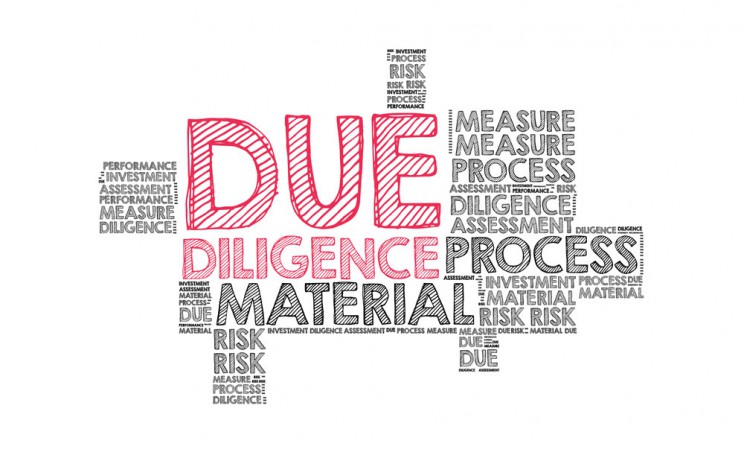
The business model of Venture Capital (VC) and Private Equity (PE) is to invest in non-listed companies and after five to seven years sell the shares and realize captured value. Obviously, value is created during the time of ownership. But VC and PE not only build value as owners – they create value in three main phases:
- At Investment,
- During ownership (the holding period), and
- When exiting.
1. At Investment
Timing the investment has perhaps the greatest impact on the outcome of an investment.
If you as an investor make an investment at the wrong time in the company’s lifecycle, or at the peak of a business cycle there is a great risk of not getting the returns expected.
If you as an investor make an investment at the wrong time in the company’s lifecycle, or at the peak of a business cycle there is a great risk of not getting the returns expected.
To mitigate the risk at investment VC and PE investors make a thorough investigation of the target company prior to the investment. The investigation is called “due diligence” (DD). The DD can be divided into the following focus areas:
- Commercial. An evaluation of the market, competitors, positioning, customers, etc.
- Financial: A review of the company’s financing, balance sheet, income statement (~5 years back in time), cash flows, margins, etc.
- Legal: An analysis of patents, trademarks, ongoing conflicts, key agreements, etc.
- Personnel: Assessment of management’s past performance and ability to deliver the business plan, key personnel, review of staff surveys, etc.
- Shareholders & ownership. Verify who the owners are, who sellers are, how much of the company’s shares is for sale, etc.
- CSR (Company Social Responsibility): Ethics in business, sustainability, diversity, etc.
- Environment: Does the company have an operation that may have caused pollution?
The outcome of the DD is crucial to the valuation of the company and the price of the shares. The investor will ask for a price reduction if there are matters and problems that have a negative impact on the value. Fixing weaknesses and problems is usually connected to costs. Should there be too many severe problems (red flags), the potential deal may be off.
2. Ownership Period
During the holding period, value is built based on the company’s business plan. It is crucial for the investor that the company has a management team, supported by the Board of Directors, can deliver the plan. The business plan, however, is a living document. It needs to be updated at least every year or when needed.
3. Exit
A well planned and structured sales process creates additional value on top of what created during the ownership period. VC and PE usually want to establish a competitive situation where potential buyers are bidding in an auction process. Read more under Exit.